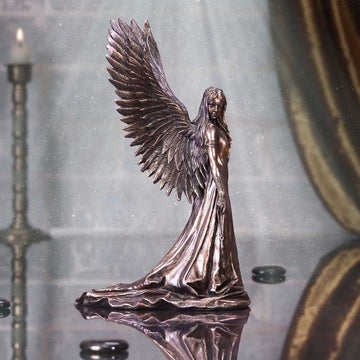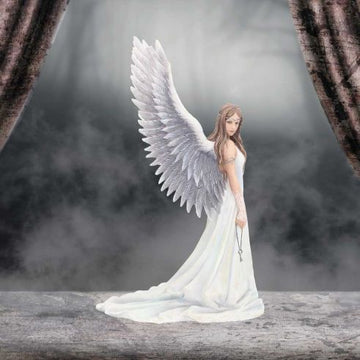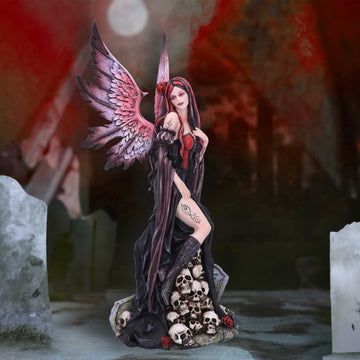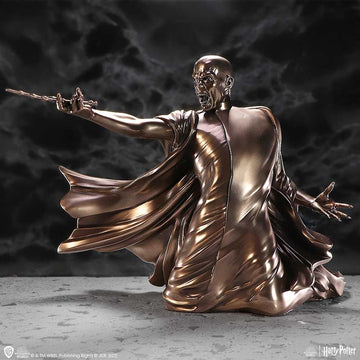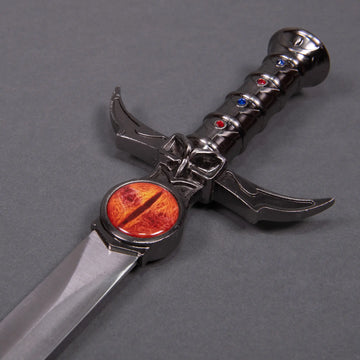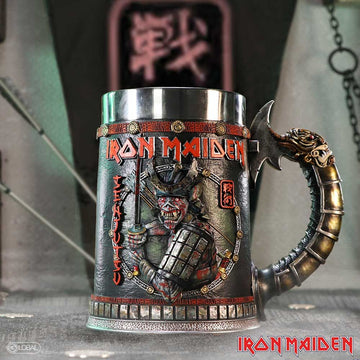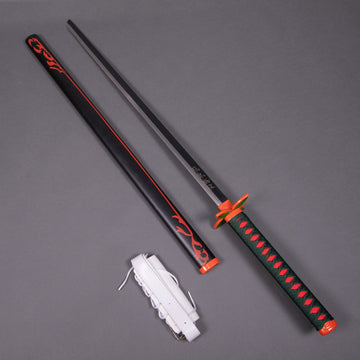In the vibrant world of "Demon Slayer: Kimetsu no Yaiba," few things are as iconic as the Nichirin Blades. These swords aren't just weapons; they're extensions of the warriors who wield them, symbols of their strength, and keys to humanity's survival against the terrifying demons. Each blade is unique, possessing the power to change color depending on its wielder, a fact that fascinates fans and adds layers to the storytelling. Did you know that a sword’s color can reveal hidden aspects of a character’s personality and fighting style? This intriguing detail is just the beginning of what makes Nichirin Blades so compelling. Let’s journey through the world of "Demon Slayer" and uncover the mysteries behind these legendary swords!
1. The Significance of Nichirin Blades in Demon Slayer
Nichirin Blades are not just any ordinary swords; they are the lifeline of the Demon Slayer Corps, designed specifically to kill demons. Forged from a unique ore that has absorbed sunlight—one of the demons' few weaknesses—these blades are essential for any slayer who hopes to stand a chance against the forces of darkness. The process of forging these swords is steeped in tradition and secrecy, conducted by master swordsmiths in the mysterious Swordsmith Village, where sunlight is abundant and vital to the creation of these powerful weapons.
The significance of these swords extends beyond their physical capabilities. In the world of "Demon Slayer," they embody the resolve and determination of those who fight for humanity. Each sword’s ability to change color upon being drawn by its user is a reflection of the slayer’s soul, abilities, and, in many cases, their fate. It’s no wonder that the Nichirin Blade is a symbol of both hope and fear—a beacon for those who wish to protect and a harbinger of doom for the demons who seek to destroy.
2. The Different Sword Colors and Their Meanings
One of the most fascinating aspects of Nichirin Blades is their ability to change color, a phenomenon that has captivated fans of the series. The color of a slayer’s sword is not just a random occurrence; it holds deep meaning, representing the slayer's personality, fighting style, and spiritual alignment. Let’s explore some of the most notable colors and their meanings:
-
Black: Tanjiro Kamado, the protagonist, wields a black Nichirin Blade, a color shrouded in mystery. Black is often associated with the unknown, and in the world of "Demon Slayer," it’s said that slayers with black swords rarely live long. However, as the series progresses, it becomes clear that Tanjiro’s black blade symbolizes his unique connection to the Sun Breathing technique, the most powerful and ancient form of swordsmanship.
-
Red: Kyojuro Rengoku’s fiery red sword represents his burning passion and unwavering dedication to the Flame Breathing style. Red is the color of flames, embodying destruction and renewal, much like Rengoku’s approach to fighting demons.
-
Yellow: Zenitsu Agatsuma’s yellow sword is a reflection of his mastery of the Thunder Breathing technique. Yellow, the color of lightning, signifies speed, precision, and the raw power of thunder—a perfect match for Zenitsu’s explosive attacks.
-
Blue: Giyu Tomioka, the Water Hashira, wields a blue sword, symbolizing fluidity, calm, and adaptability. The color blue is deeply connected to water, representing Giyu’s serene yet relentless nature in battle.
-
Green: Sanemi Shinazugawa’s green blade is tied to the Wind Breathing style. Green is the color of nature, embodying the freedom, unpredictability, and fierce energy of the wind, much like Sanemi’s own volatile personality.
These colors are more than mere aesthetics; they are deeply intertwined with the slayer’s journey, often foreshadowing their strengths, weaknesses, and even their destinies.
3. Specialty Swords: Beyond the Standard Nichirin Blade
While the traditional Nichirin Blade is already a formidable weapon, some demon slayers take their swords to the next level, customizing them to better suit their unique fighting styles. These specialty swords are as varied and diverse as the slayers themselves.
Take, for example, Inosuke Hashibira, who wields not one, but two serrated Nichirin Blades. Unlike the smooth, elegant design of most swords, Inosuke’s blades are jagged and rugged, much like his wild and untamed personality. The serrated edges reflect his brute force and aggressive combat style, allowing him to tear through demons with raw power.
Then there’s Mitsuri Kanroji, the Love Hashira, who wields a Nichirin Blade that’s as unique as she is. Her sword is thin, flexible, and whip-like, which perfectly complements her Love Breathing technique. This unusual design allows her to strike with incredible speed and precision, her movements graceful and fluid, almost like a dance.
Another fascinating example is Obanai Iguro’s twisted Nichirin Blade, which matches his Snake Breathing technique. The sword's wavy, serpentine shape mirrors the slithering movements of a snake, allowing Obanai to execute swift, unpredictable attacks that catch his enemies off guard.
These specialty swords are more than just cool designs; they represent the individuality of each slayer and their personal connection to their weapon, making each battle a unique expression of their identity and skill.
4. How Swordsmanship Reflects a Slayer's Journey
In "Demon Slayer," the evolution of a slayer’s swordsmanship is often a mirror of their personal growth. The journey of mastering their blade is closely tied to their emotional and spiritual development, making each swing of the sword a reflection of their inner world.
Consider Tanjiro Kamado. When we first meet Tanjiro, his swordsmanship is raw and unrefined, much like his character. He struggles with the weight of his responsibility and the trauma of losing his family. However, as he hones his skills and learns to channel his emotions into his fighting, his swordsmanship evolves. His mastery of the Water Breathing technique is a testament to his growing resilience and his ability to adapt to the ever-changing challenges he faces.
Similarly, Zenitsu Agatsuma’s journey with his sword is one of overcoming fear and self-doubt. Initially, Zenitsu can only unleash his full power when unconscious, a metaphor for his deep-seated fears that hold him back. As the series progresses, we see him gradually gain confidence, and his swordsmanship begins to reflect his newfound courage. His single-strike Thunder Breathing technique, when fully realized, is a display of both his latent potential and his journey toward self-acceptance.
Inosuke Hashibira’s relationship with his swords is just as telling. His dual-wielding, aggressive style reflects his rough, survivalist upbringing. However, as he learns to fight not just for himself but for his friends, his swordsmanship begins to show signs of refinement, mirroring his growth from a lone wolf to a valued member of the team.
In "Demon Slayer," a slayer’s sword is more than a weapon; it’s a symbol of their journey, a tangible representation of their struggles, growth, and ultimate triumphs.
5. The Role of Swords in the "Demon Slayer" Lore and Mythology
Swords in "Demon Slayer" are deeply rooted in the series' lore and mythology, drawing inspiration from historical and cultural elements that add richness to the story. The Nichirin Blades themselves are a nod to the katana, a traditional Japanese sword that has long been a symbol of the samurai—warriors known for their honor, skill, and loyalty.
The concept of a sword changing color to match its wielder is steeped in Japanese folklore, where swords were often believed to possess a soul and a personality, much like the warriors who wielded them. This idea is beautifully woven into "Demon Slayer," where the swords are almost alive, reacting to their owners’ spirits and becoming an extension of their will.
The forging of Nichirin Blades in the Swordsmith Village is also a reflection of Japan’s historical sword-making practices, which were considered a sacred art. The meticulous process of creating these swords, involving special ores and techniques, echoes the reverence with which real-life swordsmiths approached their craft. The use of sunlight-absorbing ores ties the swords to the natural world, emphasizing the connection between the slayers and the elements they must master.
Moreover, the swords in "Demon Slayer" are not just tools for battle; they are symbols of the eternal struggle between good and evil. The fact that only sunlight can kill a demon, and by extension, a sword forged with sunlight, underscores the theme of light versus darkness that runs throughout the series.
The rich symbolism and historical references embedded in the swords of "Demon Slayer" deepen the viewer's connection to the story, grounding the fantastical elements in a reality that resonates with cultural significance.
6. The Impact of Sword Types on "Demon Slayer" Merchandise and Fan Culture
The swords of "Demon Slayer" have transcended the anime and manga, becoming iconic symbols within fan culture and merchandise. From intricately designed replicas to detailed collectibles, Nichirin Blades are among the most sought-after items by fans around the world.
Collectors and cosplayers are particularly drawn to the swords, each one meticulously crafted to capture the essence of the original. Whether it’s Tanjiro’s black blade or Rengoku’s flaming red sword, these replicas are more than just merchandise; they’re a way for fans to connect with their favorite characters on a deeper level. The popularity of these swords is a testament to their importance in the series, not just as weapons, but as representations of the characters’ journeys and the themes of the story.
In the world of cosplay, carrying a Nichirin Blade is almost a rite of passage for "Demon Slayer" fans. The swords are integral to the portrayal of the characters, with each blade’s design playing a crucial role in bringing the character to life. The attention to detail in these replicas, from the color of the blade to the unique hilt designs, allows cosplayers to fully embody their chosen characters, adding authenticity and depth to their portrayals.
Fan culture around these swords has also given rise to numerous discussions and theories. Fans often speculate about the meaning behind different sword colors, the potential of undiscovered sword types, and what new designs might appear in future adaptations. This vibrant community engagement highlights the enduring appeal of the swords and their significance within the "Demon Slayer" universe.
The swords of "Demon Slayer" are more than mere tools of combat—they are symbols of the characters' souls, their struggles, and their growth. Each Nichirin Blade, with its unique color and design, tells a story that goes beyond the battlefield, reflecting the deep connection between the slayer and their weapon. Whether you're a fan collecting merchandise, a cosplayer bringing your favorite character to life, or simply someone who appreciates the intricate lore of the series, understanding the different sword types enhances your connection to the "Demon Slayer" world.
As the series continues to evolve, so too will the significance of these swords, offering new insights and deepening our appreciation for the artistry and storytelling that make "Demon Slayer" a cultural phenomenon.
